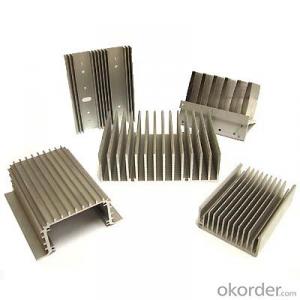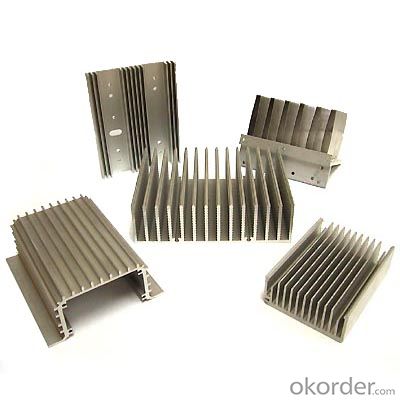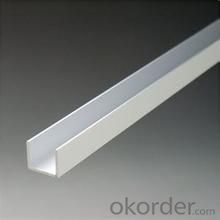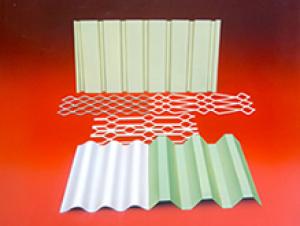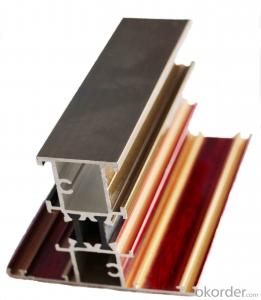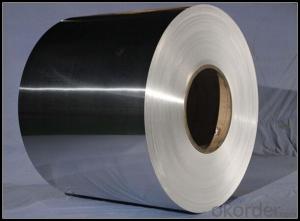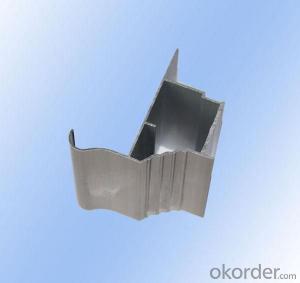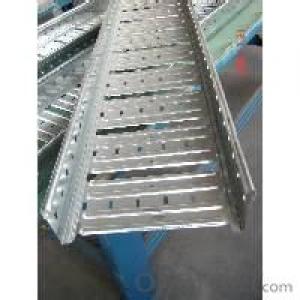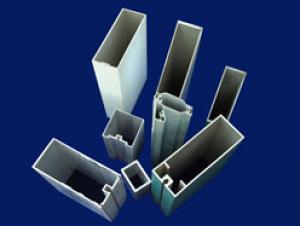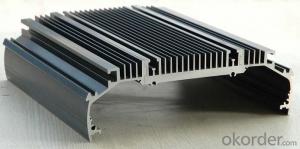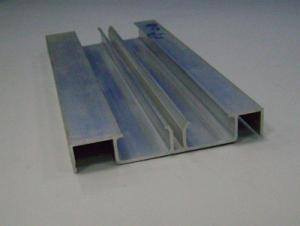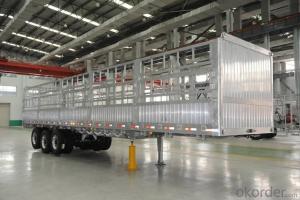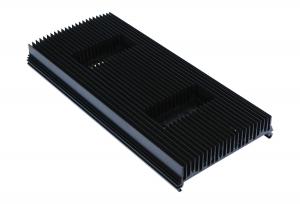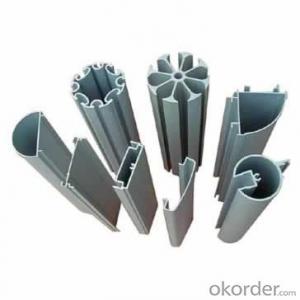Aluminum Construction Profiles - Aluminum Frame Profile
- Loading Port:
- China Main Port
- Payment Terms:
- TT OR LC
- Min Order Qty:
- -
- Supply Capability:
- -
OKorder Service Pledge
OKorder Financial Service
You Might Also Like
Aluminium profile
1) Alloy: AA6061, AA6063
2) Temper: T5, T6
3) Series of surface treament:
1. Mill Finished
2. Anodizing: Silver, champagne, light bronze, dark bronze, black, light titanium, dark titanium.
3. Electrophoretic Coating: Silver, champagne, bronze, black, light bronze, dark bronze.
4. Electrostatic Color Powder Coating: Normal color, special color.
5. Fluorocarbon Powder Spraying: Normal color, special color.
6. Wood Grain Coating: Import paper, domestic paper.
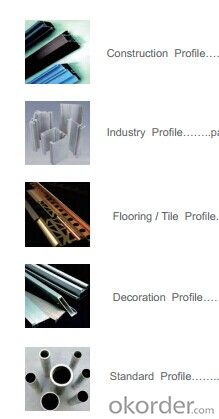
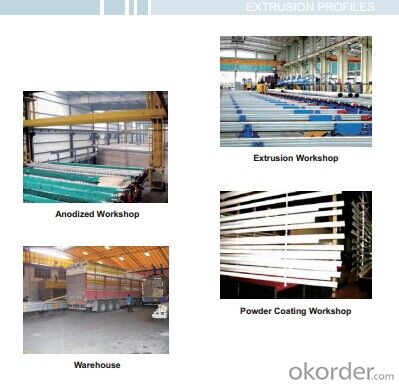
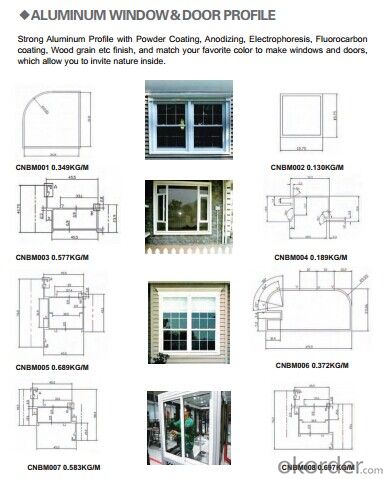
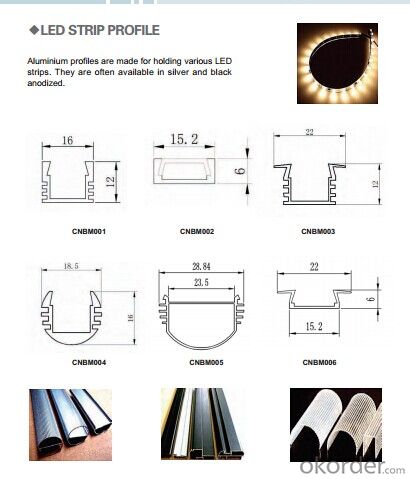
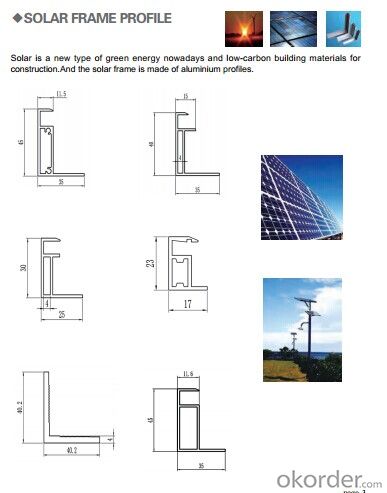
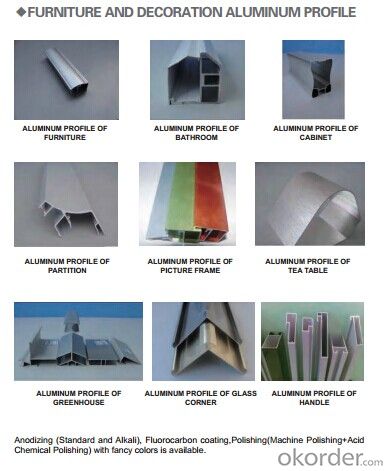
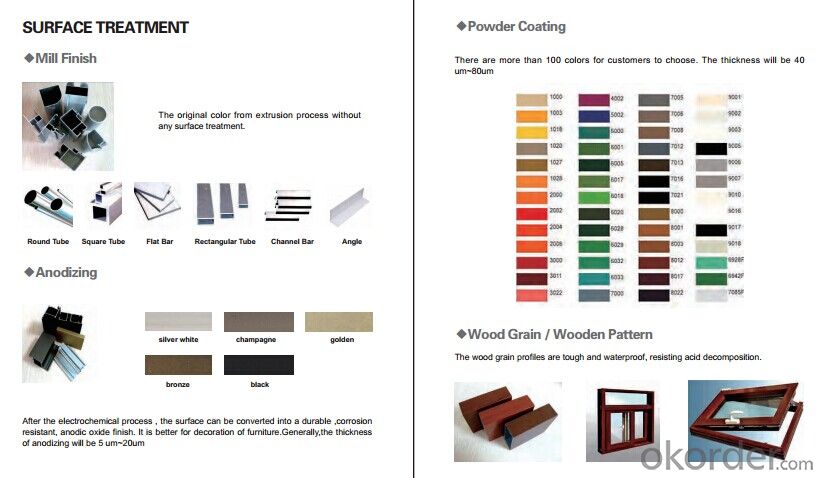
- Q: Can aluminum profiles be an alternative to steel or other materials?
- Yes, aluminum profiles can be a viable alternative to steel and other materials in many applications. Aluminum is known for its lightweight nature, corrosion resistance, and excellent strength-to-weight ratio, making it suitable for various industries such as aerospace, automotive, construction, and manufacturing. Additionally, aluminum profiles offer versatility in design and can be easily fabricated and customized to meet specific project requirements.
- Q: Aluminum Alloy rail safety glass balcony design, Aluminum Alloy profiles for what is standard specifications?
- The main specifications of aluminum alloy doors and windows are: 35 series, 38 series, 40 series, 60 series, 70 series, 90 series, etc.. The so-called 35, 38...... Refers to the aluminum alloy profiles, the main frame width of 35 mm, 38 mm, respectively....... Sealed balcony usually adopts 70 series or 90 series, and if less than 70, the degree of firmness is difficult to guarantee.
- Q: What are the aluminum profile markets in Cangzhou, Renqiu?
- They all answered, "I tell you, ah, play, huh?"Choose me as the best, hey!
- Q: Are aluminum profiles suitable for electrical applications?
- Yes, aluminum profiles are suitable for electrical applications. Aluminum is a lightweight, durable, and corrosion-resistant material that can effectively dissipate heat, making it ideal for electrical components such as heat sinks, enclosures, and bus bars. Additionally, aluminum profiles can be easily customized and fabricated to meet specific electrical requirements.
- Q: Can aluminum profiles be used in interior design applications?
- Yes, aluminum profiles can be used in interior design applications. They are versatile, lightweight, durable, and available in various finishes and designs. Aluminum profiles can be used for creating furniture, partitions, shelving, lighting fixtures, decorative elements, and more, adding a modern and sleek aesthetic to interior spaces.
- Q: What are the different shapes and sizes of aluminum profiles available?
- A diverse selection of shapes and sizes of aluminum profiles are accessible to accommodate different industrial and architectural needs. Some frequently encountered shapes of aluminum profiles comprise: 1. T-shape: These profiles possess a T-shaped cross-section, consisting of a horizontal top and a vertical stem. They are commonly utilized in framing and structural applications. 2. U-shape: U-shaped profiles exhibit a U-shaped cross-section, featuring two parallel horizontal arms and a connecting vertical stem. They are often employed as edge trims or decorative moldings. 3. L-shape: L-shaped profiles display a right-angle cross-section, with one arm longer than the other. They are frequently used as brackets or corner guards. 4. Square: Square profiles exhibit equivalent width and depth, resulting in a square-shaped cross-section. They offer versatility and can be applied for various purposes, such as frames, supports, or enclosures. 5. Rectangular: Rectangular profiles possess unequal width and depth, forming a rectangular cross-section. They are commonly utilized for structural intentions, like beams or frames. 6. Round: Round profiles showcase a circular cross-section and are commonly employed for applications necessitating a curved or smooth finish, such as handrails or decorative elements. Furthermore, aluminum profiles are obtainable in an assortment of sizes, ranging from diminutive dimensions suitable for lightweight applications to larger sizes for heavy-duty usage. The measurements of aluminum profiles are determined by their width, depth, and thickness, which can be personalized based on specific project requirements. In summary, the broad range of shapes and sizes of aluminum profiles allows for adaptability and versatility in design and construction, ensuring the availability of an appropriate profile for every application.
- Q: This question asks for a method to determine the quantity of aluminum profiles required for a construction project.
- <p>To calculate the amount of aluminum profiles needed for a building project, follow these steps: 1. Determine the design specifications and dimensions of the project, including the length, width, and height of the structure. 2. Identify the types and sizes of aluminum profiles required based on the structural needs and design. 3. Calculate the total linear footage of each profile type needed by multiplying the length of each required section by the number of sections. 4. Add up the total linear footage for all profile types. 5. Account for waste and cutting losses, typically adding 5-10% to the total. 6. Ensure the calculations comply with building codes and safety standards. Consult with engineers or architects if necessary.</p>
- Q: Can aluminum profiles be used in modular exhibition system manufacturing?
- Yes, aluminum profiles can be used in modular exhibition system manufacturing. Aluminum profiles are known for their lightweight and durable properties, making them ideal for constructing modular exhibition systems. They are easy to handle and assemble, allowing for quick and efficient installation and dismantling of exhibition booths. Additionally, aluminum profiles can be easily customized and reconfigured to meet specific design requirements, making them a versatile choice for modular exhibition system manufacturing.
- Q: This question asks about the impact of aluminum profiles on the thermal efficiency of a building.
- <p>Aluminum profiles can significantly affect the thermal performance of a building. They are excellent conductors of heat, which means they can transfer heat quickly. This property can be both advantageous and disadvantageous. On the positive side, aluminum profiles can help dissipate heat from the building, reducing the need for air conditioning. However, they can also lead to heat loss in colder climates, reducing the building's energy efficiency. To mitigate this, thermal breaks are often incorporated into aluminum profiles to reduce heat transfer. Additionally, insulating materials can be used alongside aluminum profiles to enhance the building's thermal insulation. Proper design and material selection are crucial to optimize the thermal performance of a building with aluminum profiles.</p>
- Q: Do aluminum profiles require any special tools or equipment for installation?
- Yes, aluminum profiles typically require specific tools and equipment for installation. These may include a miter saw or aluminum cutting saw, drill press or power drill, measuring tools, screwdrivers, clamps, and fasteners specific to aluminum profiles. Additionally, certain installations may require specialized equipment such as a router or end milling machine for precision cuts and shaping.
Send your message to us
Aluminum Construction Profiles - Aluminum Frame Profile
- Loading Port:
- China Main Port
- Payment Terms:
- TT OR LC
- Min Order Qty:
- -
- Supply Capability:
- -
OKorder Service Pledge
OKorder Financial Service
Similar products
Hot products
Hot Searches
Related keywords
